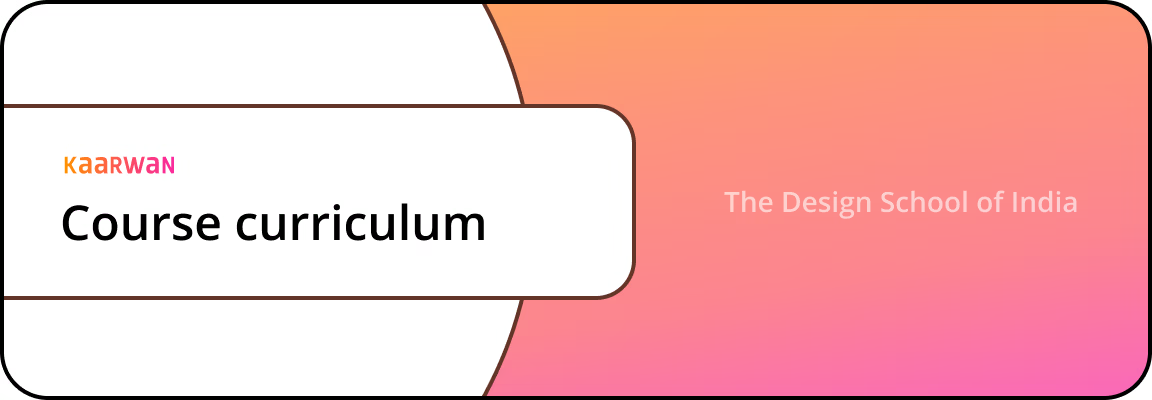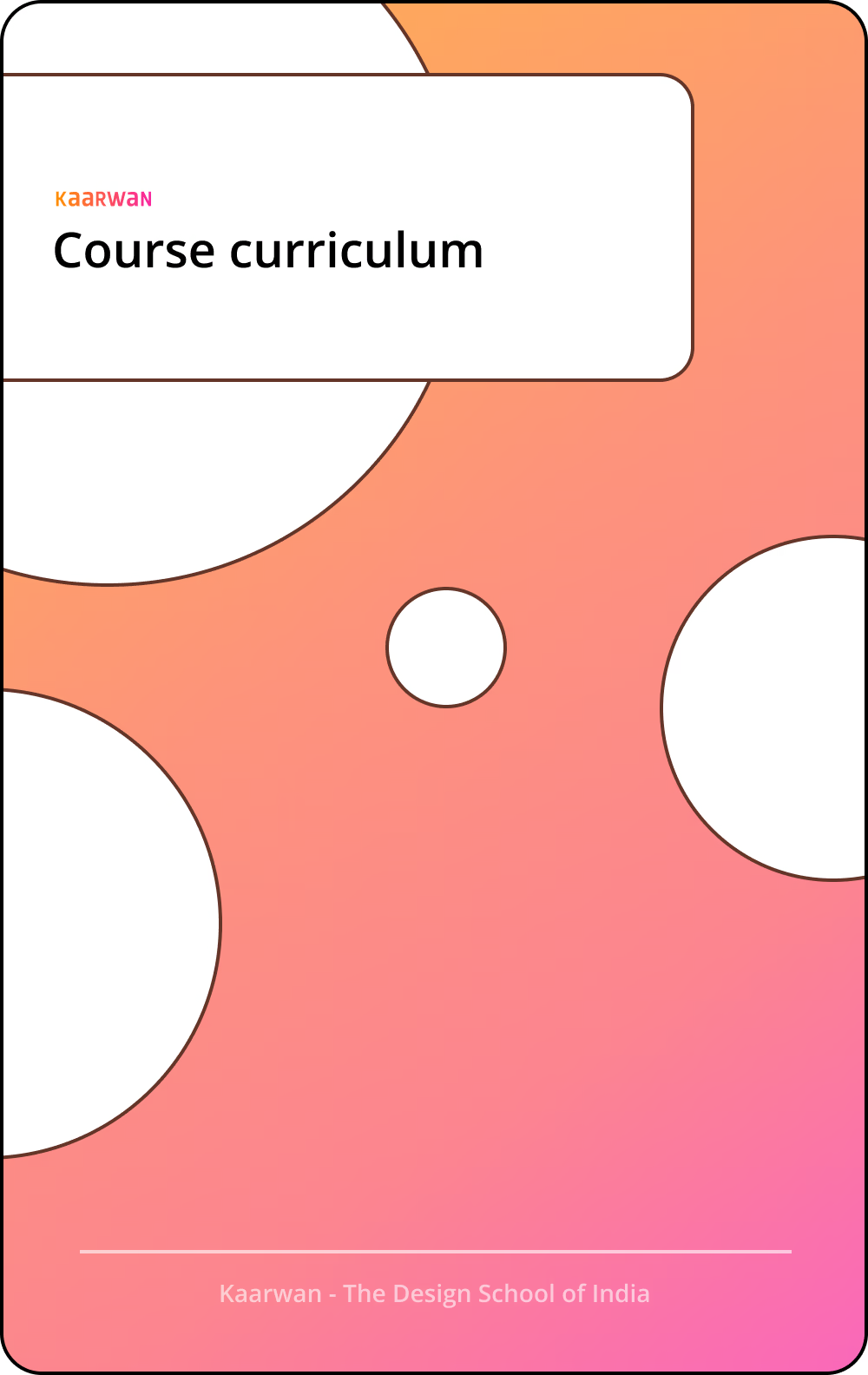The world of architecture is undergoing a fascinating transformation. Parametric design, a cutting-edge approach that leverages algorithms and software to create complex, adaptable structures, is pushing the boundaries of what's possible. For architects and students eager to explore this exciting field, Mumbai offers a vibrant hub of innovative firms.
The Allure of Parametric Design
Parametric design empowers architects to create intricate, responsive forms that seamlessly integrate with their surroundings. By using specialized software like Rhino, designers define sets of rules (parameters) that govern the design's geometry and behavior. These parameters can be adjusted in real-time, allowing for a dynamic and iterative design process.
The benefits of parametric design are numerous. It fosters:
Enhanced Efficiency: Parametric tools automate tedious calculations, streamlining the design workflow.
Unprecedented Design Freedom: Complex geometries and intricate patterns become easily achievable.
Sustainable Solutions: Parametric design allows for optimization of building materials and energy efficiency.
Collaborative Workflows: Teams can work simultaneously on different aspects of the design within the same parametric model.
Mumbai's Pioneering Firms: Shaping the Future of Design
Mumbai boasts a thriving design scene, with several firms at the forefront of the parametric design movement. Here, we spotlight three leading companies:
Studio Emergence: Founded by the visionary duo Seeja Sudhakaran and Khushbu Davda, Studio Emergence is renowned for its geometrically inspired designs. Their expertise spans architectural scales, from captivating interiors to urban design projects. Their "Rajdaynes Residence" exemplifies their masterful blend of parametric design principles with a focus on sustainability and materiality.
Sanjay Puri Architects: This established firm, led by the illustrious Sanjay Puri, is a pioneer in innovative and contextually responsive design solutions. Their portfolio encompasses a wide range of projects, including hospitality, residential, and educational facilities. The "Aria Hotel" in Nashik stands as a testament to their ability to push the boundaries of design through parametric techniques.
Sameep Padora & Associates (sP+a): This design studio, helmed by the ingenious Sameep Padora, champions a collaborative approach. They believe in fostering a dialogue between design and the socio-cultural context. Their "Indigo Deli" in Mumbai showcases their commitment to integrating parametric design with regional aesthetics and craftsmanship.
CNK Architects: Celebrated for their futuristic and sustainable designs, CNK Architects leverage parametric tools to create energy-efficient structures that harmonize with their environment. Their innovative "Symbiosis – House of Nature" exemplifies this approach.
ABM Architects: This multi-disciplinary firm, helmed by the visionary Amit Bhushan, excels in parametric design for both architectural and interior projects. Their expertise in workspace design is evident in their work on the "Zolo – Co-living Space."
Studio PKA: Founded by Parthasarathi K. Anantharaman, Studio PKA is a rising star in the Mumbai design scene. Their parametric expertise shines through projects like the "Dr. Bhatia Medical Centre," showcasing an emphasis on functionality and user experience.
DSP Design: This established firm, led by Dipayan Sanyal, incorporates parametric design principles into their diverse architectural projects, including educational institutions and public spaces. Their work on the "National Institute of Design, Gandhinagar" exemplifies their ability to create inspiring learning environments.
MIA Design Studio: Founded by the architect (Mehdi) Khaliqi (Meka), MIA Design Studio blends parametric design with a focus on historical preservation and cultural sensitivity. Their work on the "Bhuleshwar Redevelopment Project" demonstrates this thoughtful integration.
Morphogenesis India: This globally recognized firm, with a branch in Mumbai, utilizes parametric design to create awe-inspiring and structurally complex buildings. Their work on the "World Trade Centre, Noida" showcases their expertise in pushing the boundaries of design.
SpaceMatters: This innovative design studio, led by Tejaswini Sarode and Malav Shah, employs parametric design to create functional and aesthetically pleasing furniture and product designs. Their "Origami Chair" exemplifies their ability to combine parametric principles with user-centric design.
Building Your Career in Parametric Design
A career in parametric design offers exciting opportunities for architects seeking to push the envelope.
Salary and Employment Terms: Salaries for parametric design professionals in Mumbai vary depending on experience and skillset. Entry-level positions might start around ₹500,000 annually, with salaries increasing significantly for experienced professionals with leadership roles. Employment terms typically follow standard industry practices, with full-time positions offering benefits packages.
Software Requirements: Proficiency in Rhino 3D modeling software is an essential skill for parametric design professionals. Familiarity with Grasshopper, a visual programming language that extends Rhino's capabilities, is highly desirable. Additional software skills, like environmental analysis tools and BIM (Building Information Modeling) software, can further enhance your employability.
Examples of Parametric Design Masters:
To illustrate the enduring impact of parametric design, consider the works of architects like:
Zaha Hadid: The Iraqi-born architect, known for her groundbreaking, fluid forms, embraced parametric design to create iconic structures like the Guangzhou Opera House in China.
Frank Gehry: The American architect's deconstructivist style, evident in the Guggenheim Museum Bilbao, is a testament to the power of parametric design in creating visually striking and unconventional forms.
Patrik Schumacher: A leading figure in parametricism, Schumacher's theoretical framework emphasizes the integration of design with advanced technologies.
These architects serve as a constant source of inspiration, demonstrating the limitless possibilities of parametric design in shaping the built environment.
Conclusion
Mumbai's vibrant design scene presents a wealth of opportunities for architects and students interested in parametric design. By equipping yourself with the necessary skills and knowledge, you can become part of this exciting movement that is transforming the future of architecture. Remember, the journey begins with a passion for design and a willingness to explore the boundless potential of technology.
Up your design game! Master parametric modeling with our Advance Rhino & Grasshopper Certification with Job Support Program. Enroll now and take your sustainable design skills to the next level!
FAQs
1. What is the most famous parametric architecture?
The most famous example of parametric architecture is the Heydar Aliyev Center in Baku, Azerbaijan, designed by Zaha Hadid. The building's fluid, wave-like form, characterized by its continuous, undulating surfaces, exemplifies the potential of parametric design to create iconic, innovative structures that push the boundaries of conventional architecture.
2. Is parametric design the future?
Yes, parametric design is increasingly seen as the future of architecture. It allows for greater design flexibility, efficiency, and sustainability, enabling architects to create complex, adaptive forms that respond to environmental conditions and user needs. As technology continues to evolve, parametric design is expected to play a central role in shaping the built environment.
3. What is an example of a parametric design in India?
An example of parametric design in India is the Mumbai International Airport Terminal 2 (T2), designed by SOM (Skidmore, Owings & Merrill). This project showcases the use of parametric techniques to create a visually stunning and functional design. The terminal's roof features a complex, lattice-like structure inspired by traditional Indian architecture, blending modern technology with cultural aesthetics while optimizing natural light and energy efficiency.
4. What is the salary of a fresher parametric design architect in Mumbai?
The salary of a fresher parametric design architect in Mumbai typically starts around ₹500,000 per year. However, this can vary depending on the firm, the individual's skills, and the complexity of the projects they are involved in.
5. What is the difference between BIM and parametric design?
Building Information Modeling (BIM) and parametric design are related but distinct concepts. BIM is a digital representation of a building's physical and functional characteristics, providing a collaborative platform for all stakeholders involved in the construction process. It is primarily focused on the management and coordination of construction data. Parametric design, on the other hand, involves the use of algorithms and computational tools to generate complex forms and adaptive designs. While BIM is about information management, parametric design is about creating responsive and innovative forms based on predefined rules.











.webp)







